A very special retelling of the fables of Aesop includes some of his less familiar, but no less shrewd and insightful, tales, and features sensitive and warm line drawings.
Author: Book Importer
Animal Fables from Aesop
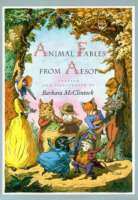
Here, in all their wisdom and humor, are the timeless fables of Aesop. This collection includes such well-known fables as “The Fox and the Grapes,” as well as such lesser-known tales as “The Wolf and the Lamb” and “The Crow and the Peacocks.”
Belling the Cat and Other Aesop’s Fables
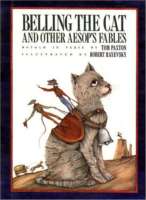
Popular balladeer Tom Paxton retells 10 cautionary tales in ringing, singing, soaring verse.
Here Comes the Bride
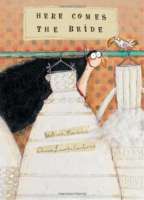
Filomena is a seamstress who spends her days creating gorgeous wedding dresses for many lovely brides. And when it’s finally her turn to be the one to walk down the aisle, she can hardly contain herself. She gets right to work, putting her heart and soul into making her dress. But Filomena gets carried away. She adds so many frills, feathers and lace that her groom barely recognizes the girl he loves. Here Comes the Bride is a story about staying true to your inner beauty.
Walt Disney’s Cinderella
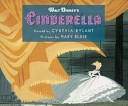
With the help of her fairy godmother, a kitchen maid mistreated by her stepmother and stepsisters attends the palace ball where she meets the prince of her dreams.
The Django
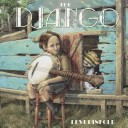
Jean longs to play the banjo, but the Django keeps on messing things up! So Jean sends the Django away, but wonders if he has lost his most precious inspiration.In this fictional story inspired by the famous jazz musician Jean “Django” Reinhardt, a young boy named Jean meets a special character called the Django. He’s fun and exciting, but he always gets Jean into trouble. Eventually the Django has to be sent away, and Jean misses him very much, until he discovers that he can still feel close to the Django every time he picks up his banjo.
The Fantastic Undersea Life of Jacques Cousteau
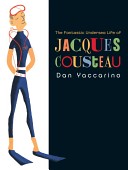
Jacques Cousteau was the world’s ambassador of the oceans. His popular TV series brought whales, otters, and dolphins right into people’s living rooms. Now, in this exciting picturebook biography, Dan Yaccarino introduces young readers to the man behind the snorkel. From the first moment he got a glimpse of what lived under the ocean’s waves, Cousteau was hooked. And so he set sail aboard the Calypso to see the sea. He and his team of scientists invented diving equipment and waterproof cameras. They made films and televisions shows and wrote books so they could share what they learned. The oceans were a vast unexplored world, and Cousteau became our guide. And when he saw that pollution was taking its toll on the seas, Cousteau became our guide in how to protect the oceans as well.
I Love Words

This amazing book will have you playing with words and inventing new ones. You’ll turn youself into a spelling super hero, build your own bookstore and even make a talking cake.
The Best Family in the World
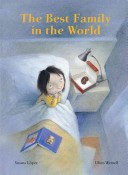
Carlotta anxiously awaits the arrival of her new family. What will they be like? She imagines all kinds of wonderful families…astronauts, pastry chefs, even pirates. How nice to find out that they are the best family in the world.

